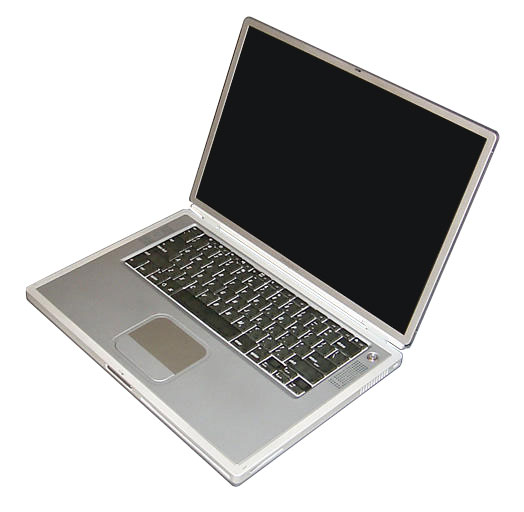

From there, you can upgrade to the latest version if you choose. This will install the version of OS X that was first installed on that machine. Select Disk Utility and erase your HD, just as instructed to do in the first section of this article. From there, you’ll see an OS X Utilities window with the aforementioned options listed. Restart your Mac and hold down the Command + R keys until the Apple logo appears. It’s easy to get into OS X Recovery, too: With OS X Recovery, we have a built-in set of tools to install OS X, repair and erase your HD, check your internet connection, and restore from Time Machine backup. Thankfully, we no longer have to mess with DVD. These are available through Apple, PowerMax, and other sources. If you’re running 10.6 (Snow Leopard) or earlier, you will need an Install / Restore DVD as described above.

Since Internet Recovery (described below), there is no need for discs, only an internet connection. **Install/Restore DVDs no longer come with new or used Macs. (Im not at all familiar with Mac, but the components look pretty much the same. Is there an Ubuntu version I can use for the Mac like there is for my PC If so, what version And are there any special tricks for Mac Or is it fairly simple as it is for PC. After you have finished installing, the computer will reboot, taking you back to the original “new Mac” screen. I was given a Mac G4 without the operating system. After you are done, close Disk Utility and continue with the installation from that disk. In there select your hard drive (HD) and use the Erase tab to wipe the drive clean. Then, from the Utilities menu, select Disk Utility. When you boot up of the DVD you will pick your language. Insert the disc and restart the computer holding down the key. Look through the box the mouse came in to find the discs. A set of Install / Restore DVDs is shipped with all modern new Macs**, and are most often grey in color. Get it for PowerPC or Intel.Answer:There is an easy way to get your Mac back to a “Factory Fresh” install of OS X. Note that support ended for all releases listed below and hence they won't receive any further updates. You can find recommendations for the respective operating system version below. We provide older releases for users who wish to deploy our software on legacy releases of Mac OS X. Older versions of Mac OS X and VLC media player The last version is 3.0.4 and can be found here. Support for NPAPI plugins was removed from all modern web browsers, so VLC's plugin is no longer maintained. You can also choose to install a Universal Binary.

If you need help in finding the correct package matching your Mac's processor architecture, please see this official support document by Apple. Note that the first generation of Intel-based Macs equipped with Core Solo or Core Duo processors is no longer supported. Previous devices are supported by older releases.

It runs on any Mac with a 64-bit Intel processor or an Apple Silicon chip. VLC media player requires Mac OS X 10.7.5 or later.


 0 kommentar(er)
0 kommentar(er)
